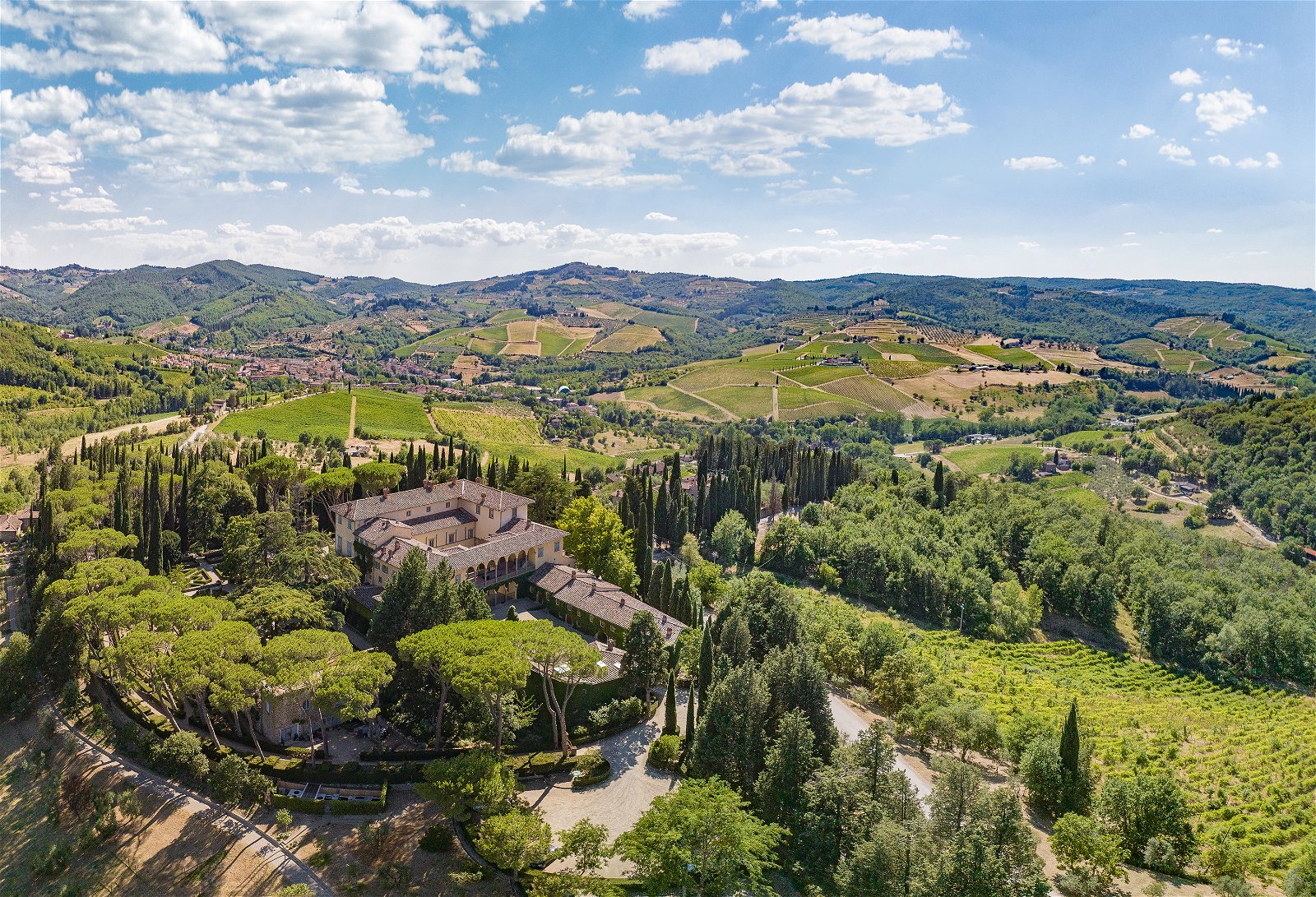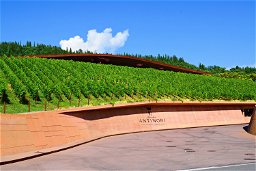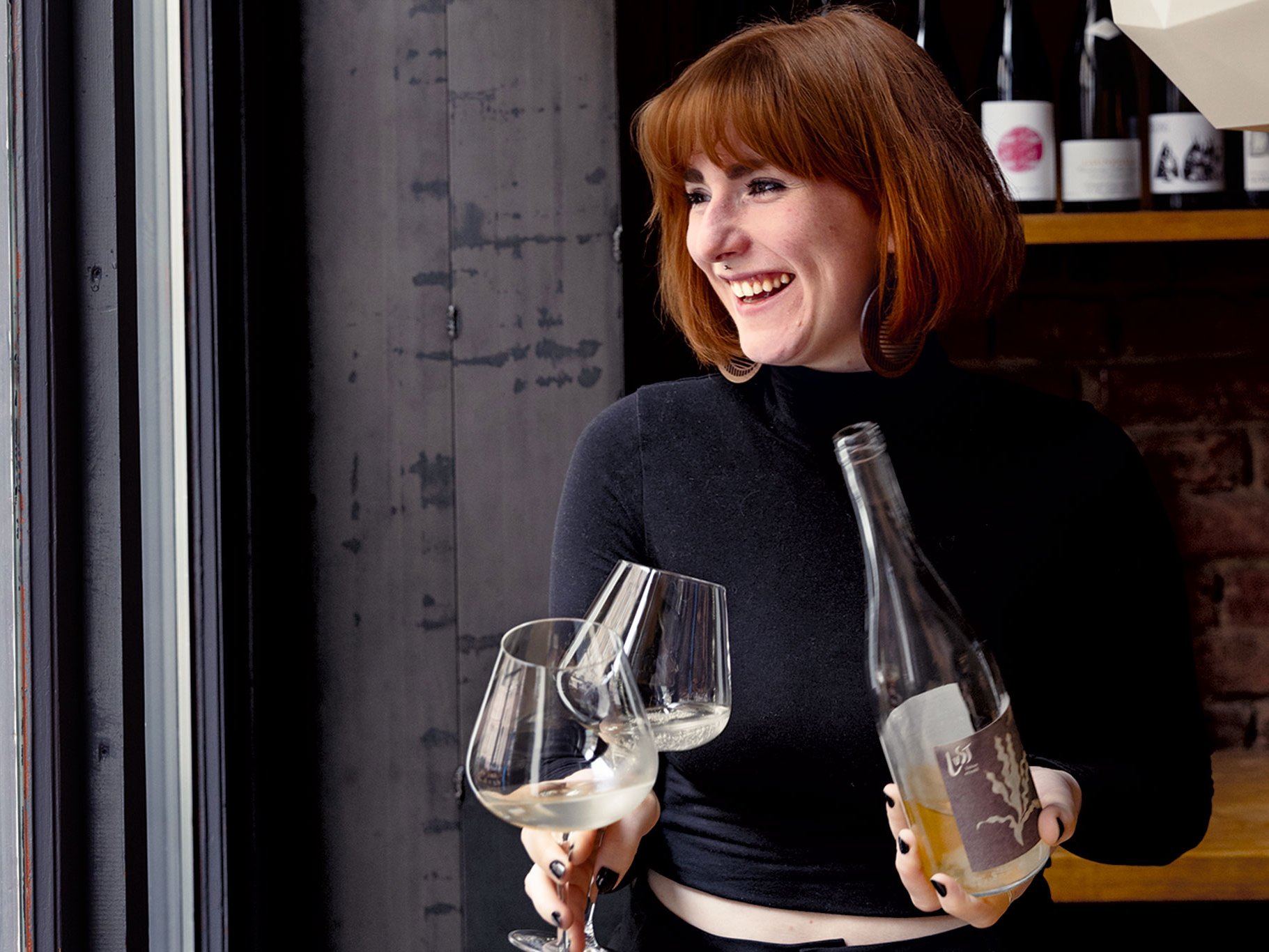There is hardly another cultural landscape in the world as fascinating and impressive as Tuscany. Landscape, architecture, cultural history, viticulture and gastronomy; nowhere else can the interconnectedness of these components be experienced in quite such harmony as here.
Writers have immortalised Tuscany in stories and novels; Goethe for example, or musicians such as Hector Berlioz or Franz Liszt, who tried to capture the graceful landscape in sound.
At the end of the 20th century Tuscany became an Eldorado for dropouts, wine enthusiasts and romantics. Certainly, Tuscany is also one of the oldest wine-growing regions in Europe. Even before the Romans, the Etruscans planted vines here. The Romans praised one grape variety in particular, the Sangiovese. Its name is modified from Latin and means something like: the "blood of Jupiter". Still the most important grape variety in Tuscany today, it is therefore probably also one of the oldest in the country.
In present times Tuscany produces a variety of red wine styles, the most famous and important being Chianti, Vino Nobile di Montepulciano and Brunello di Montalcino. From the west coast of Tuscany, in Maremma, come top red wines that can compete with the established icons of famous regions such as Bordeaux, Burgundy or California.
Some white wines are also at home here, the most famous of which is Vernaccia di San Gimignano.
After a period of weakness for much of the 20th century, this wildly romantic landscape has reinvented itself in terms of wine over the past 40 years, without denying its roots, history or tradition. Many of the wines produced here have little to fear internationally.














